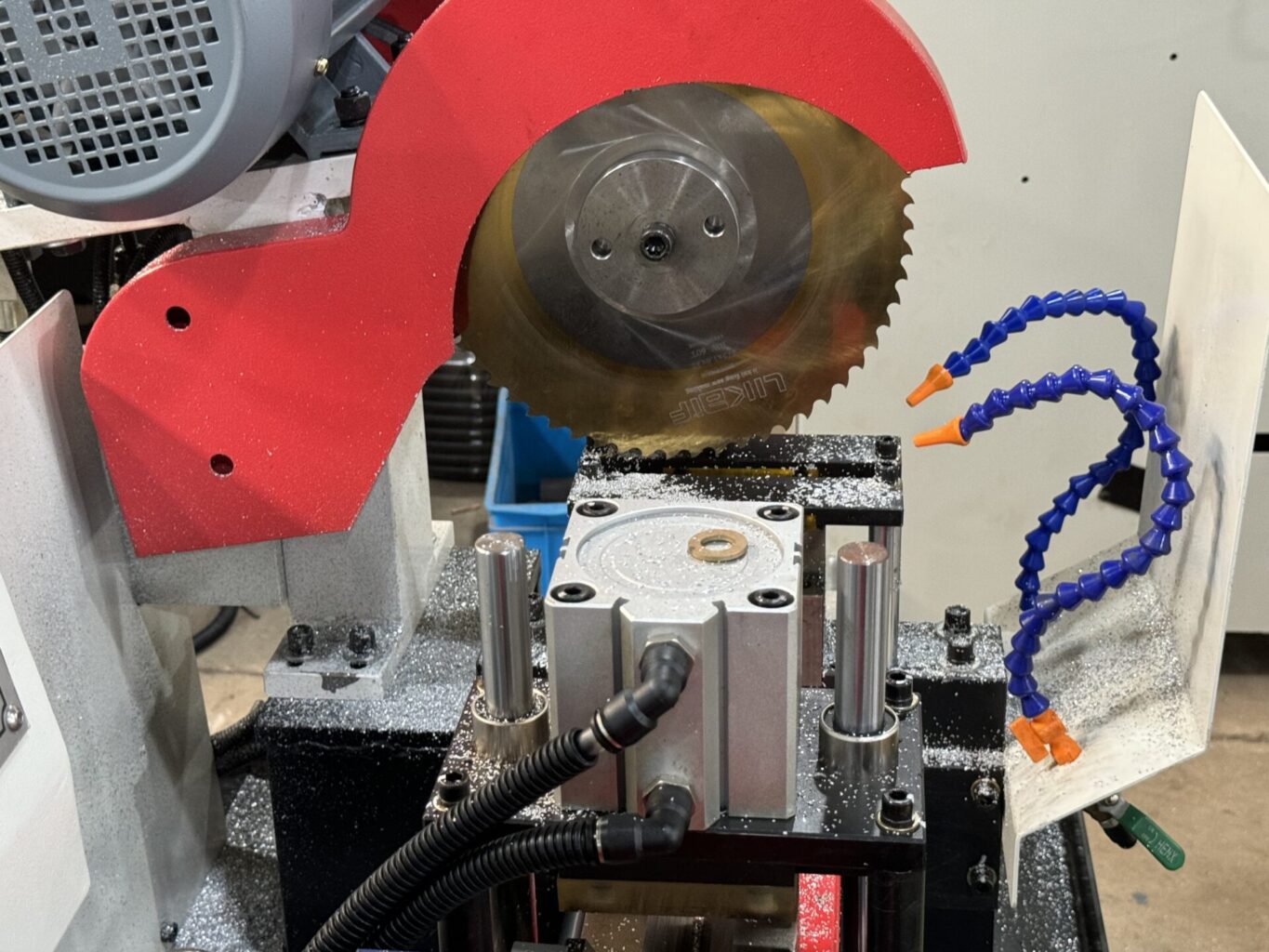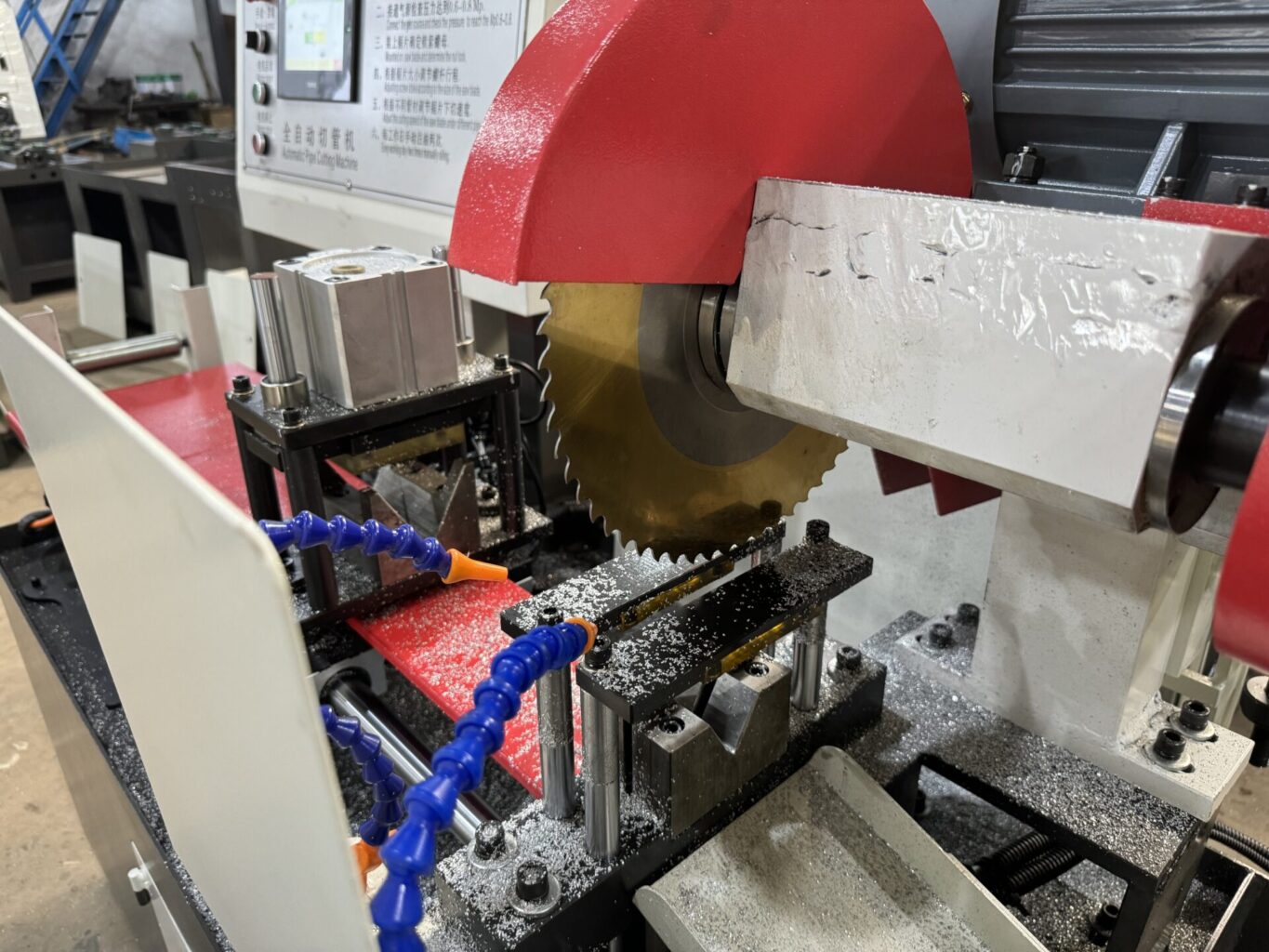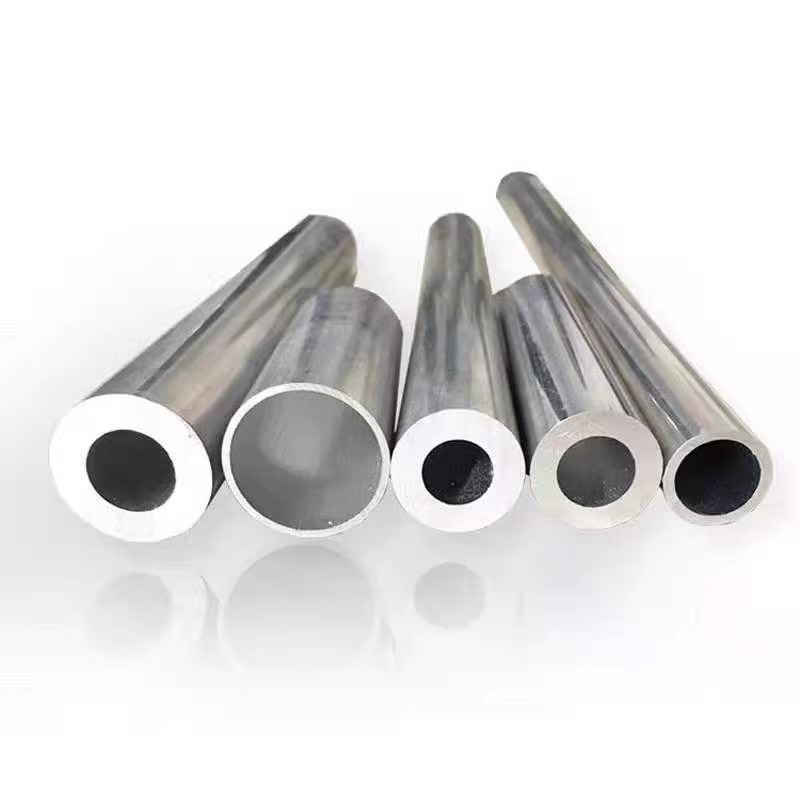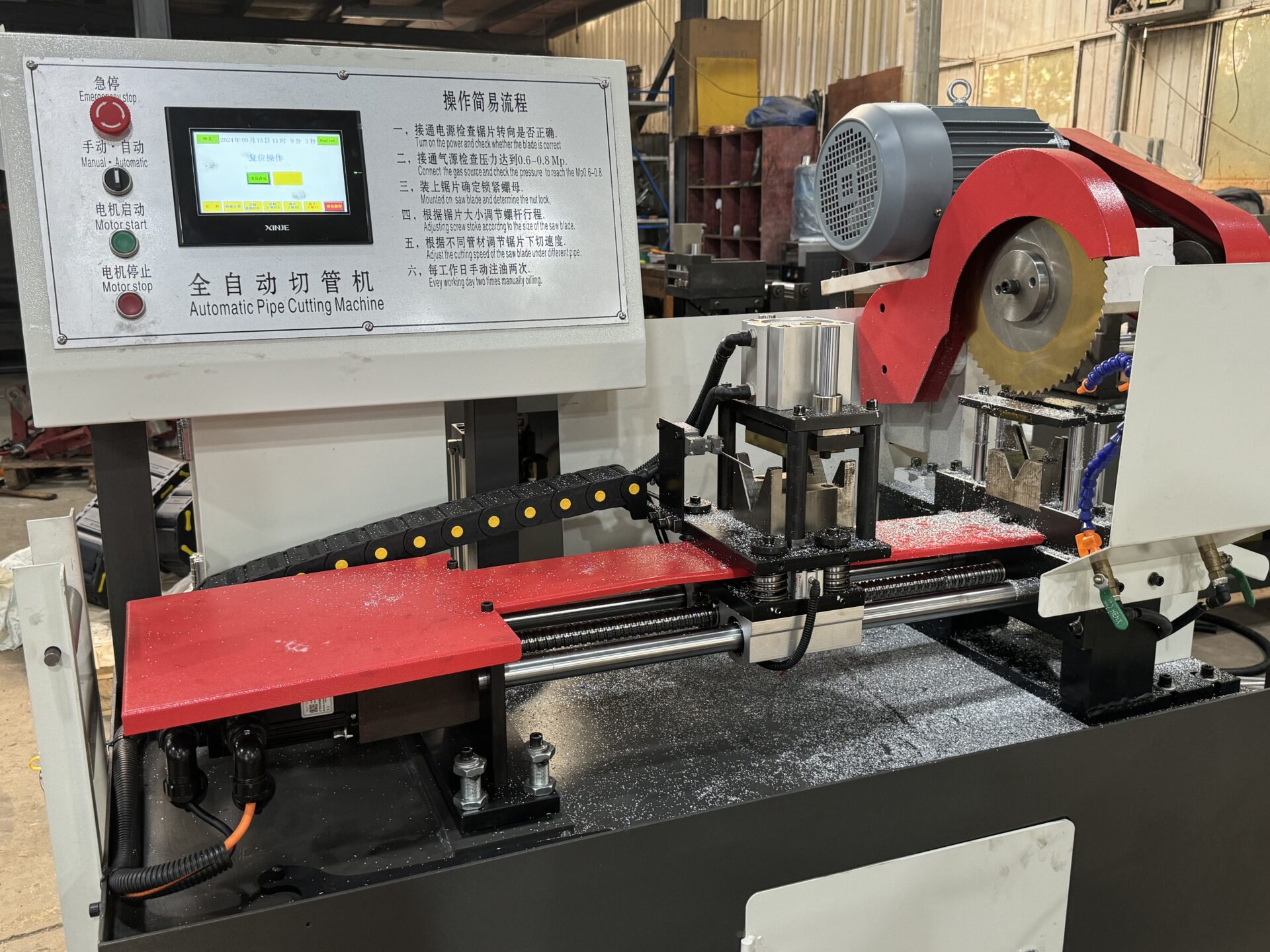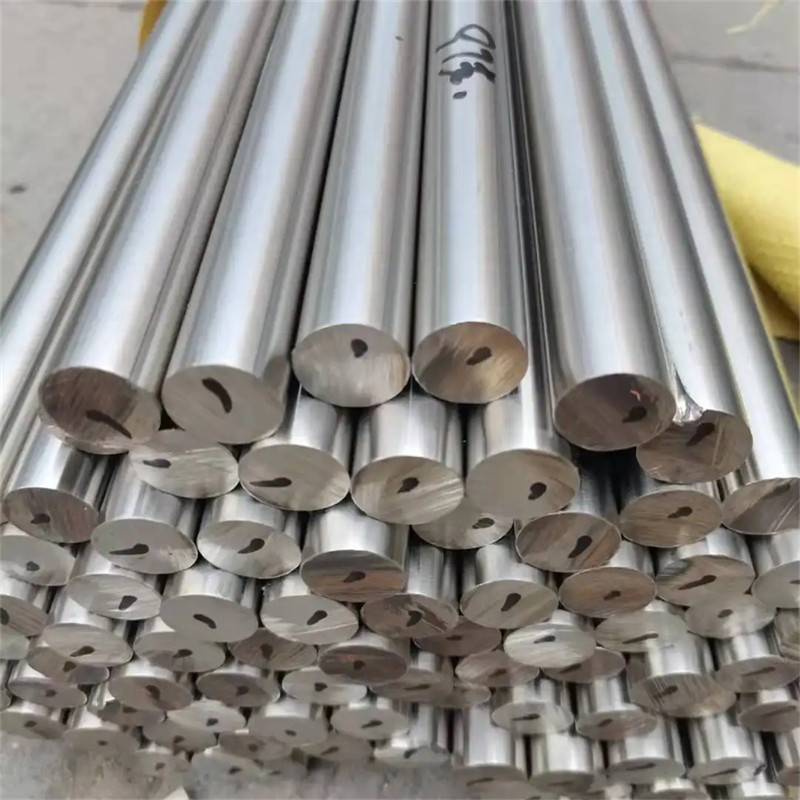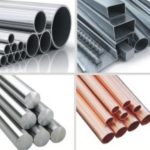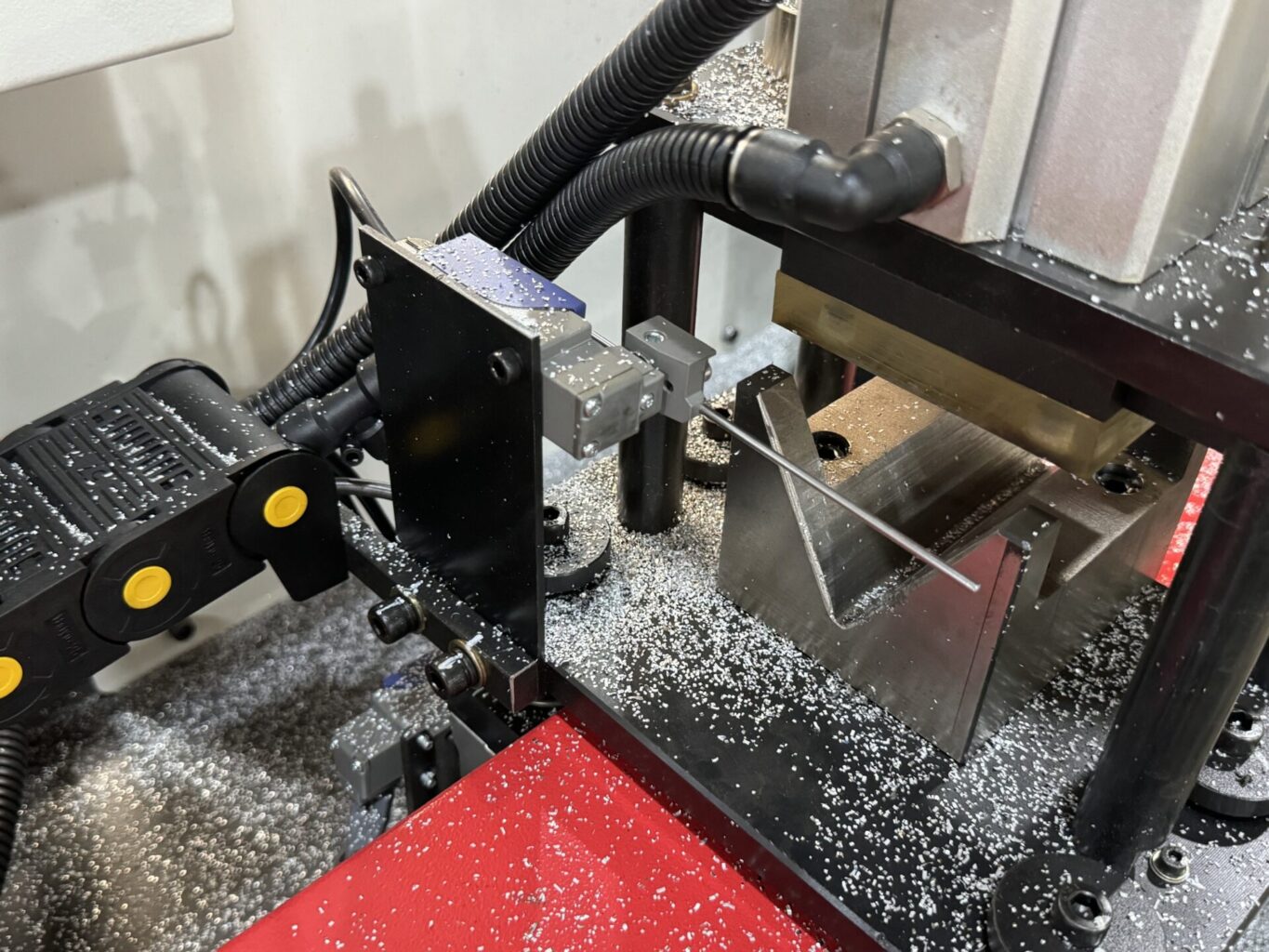Choosing the right pipe cutting machine can be overwhelming with so many options available. I’ve seen businesses struggle with machines that don’t meet their requirements, leading to inefficiencies and costly mistakes.
The best pipe cutting machine should match your cutting capacity needs, use the right cutting method, be compatible with your materials, and include essential safety features. By considering these factors, you can ensure efficiency, precision, and long-term reliability.
Let’s break down each factor to help you make the best choice.


